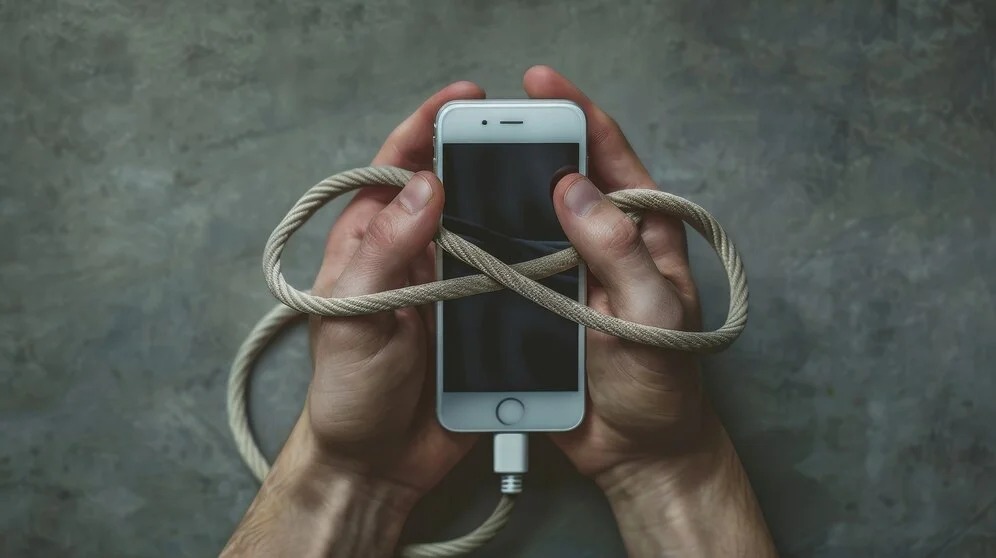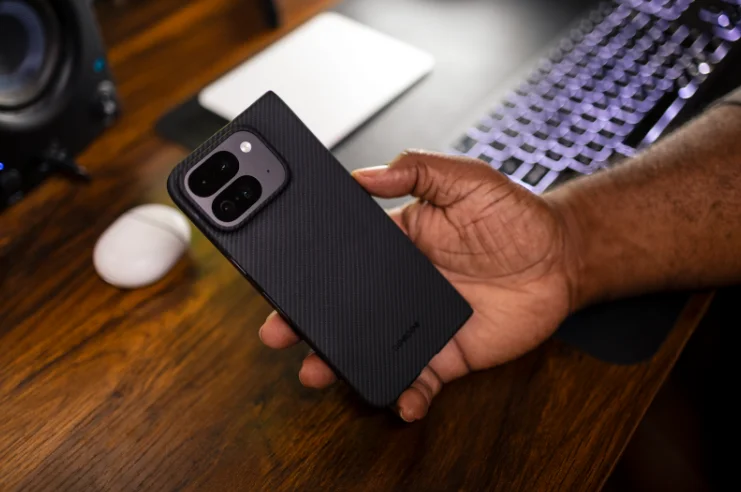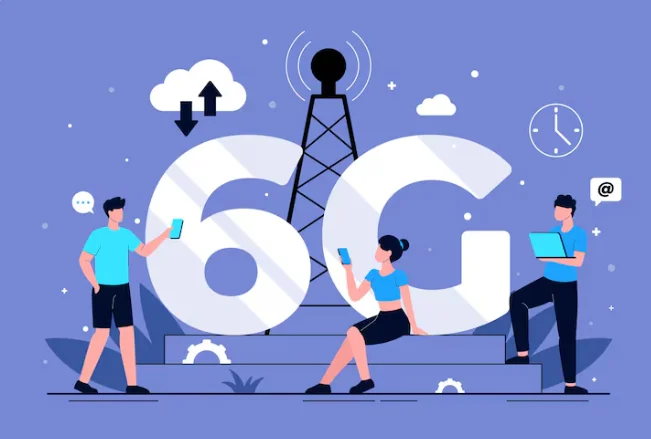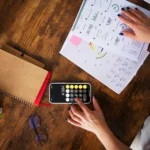
We’ve all been there. You’re in the middle of a hike, camping trip, or remote work session outdoors, and suddenly your phone or laptop hits 10%.
There’s no outlet in sight, no café nearby, and no hope of finding one for hours. In a world where our lives depend on fully charged devices, being unplugged can quickly become a problem.
Fortunately, you don’t have to go completely off the grid just because there’s no wall socket. With a little preparation and the right gear, it’s possible to keep your devices alive no matter how far off the beaten path you roam.
Start with Backup Power
Before you worry about efficiency or settings, you need to secure a reliable backup power source.
External batteries and portable chargers have come a long way, but for those traveling with multiple devices—or staying off-grid for more than a day—you’ll want something more substantial.
Enter the portable power station. These aren’t your average pocket-sized chargers. A portable power station can charge laptops, cameras, phones, and even small appliances.
They’re built for situations where a quick top-up just won’t cut it. Whether you’re camping, road-tripping, or managing an outdoor photo shoot, they’ll keep you powered through it all.
Use Power-Saving Settings
Most modern devices come with built-in energy-saving tools—use them. They’re your first line of defense against fast battery drain.
On smartphones, switch to low-power mode and reduce screen brightness. Turn off location services, Bluetooth, and Wi-Fi when they’re not in use. Enable airplane mode if you’re not expecting calls or messages.
On laptops, turn on battery saver, reduce display resolution, and lower the brightness as much as your eyes can handle.
Also consider switching to dark mode across apps and system settings. It’s not just easier on your eyes in low light—it can help extend battery life, particularly on OLED screens.
Prioritize Your Charging Schedule
If you’re working with limited power, not everything needs to be charged at once. Figure out which devices are essential and prioritize those.
Your phone might be your map, camera, and emergency lifeline, so give it first dibs. A laptop used for entertainment can wait. If you’re carrying multiple battery packs, charge the smallest ones first so you at least have one full backup ready to go.
Also, get in the habit of topping up whenever you can—even if you’re only at 50%. You never know when your next charging opportunity will come along, and it’s always better to be proactive than scrambling later.
Bring the Right Cables and Accessories
It sounds obvious, but packing the right cables and adapters is crucial. Forgetting one charging cable can make your power bank or solar panel completely useless.
Use short, durable cables that reduce resistance and speed up charging. If you’re traveling with multiple types of ports (USB-C, Lightning, etc.), a multi-end cable or compact adapter can save serious space and hassle.
Wall chargers that offer multiple USB outputs are great for when you do get access to a plug—charge everything in one go and be ready for your next unplugged stretch.
Consider Solar and Alternative Energy Sources
Solar charging isn’t just for hardcore outdoor enthusiasts anymore. Compact solar panels can now fit into your backpack and unfold to soak up power while you’re hiking, working outside, or just enjoying the sun.
While they don’t offer fast charging, they’re a great option for keeping battery packs and smaller devices topped up. Some even include built-in battery storage so you can charge during the day and use the power at night.
Kinetic chargers and hand-crank options exist too, but they typically offer low output and are best used in emergencies rather than daily life.
Don’t Let Power Worries Ruin the Adventure
It’s easy to panic when the battery icon turns red. But with the right habits and tools, you can stay connected, get your work done, or just enjoy music and maps without needing constant access to the grid.
Portable power isn’t about bringing the modern world into every quiet corner—it’s about ensuring your devices support your journey, not limit it.
Whether you’re camping, working remotely, or just trying to stay online through a travel delay, a little planning goes a long way.

The Hidden Business Power of Storytelling Through Books

Diamond Painting Apps & Digital Tools for 2025 Artists

Meeting Global Tastes: The Versatility of Commercial Tortilla Makers

Accelerating drug discovery through the DEL-ML-CS approach

AI in Marketing Is No Longer a Buzzword — It’s the Strategy

The Full Guide To Penetration Testing

Pixel 10 Pro Fold Case: Why Choose Aramid Fiber?

MT4 for Mac vs Windows: Which Version Works Better for Traders








